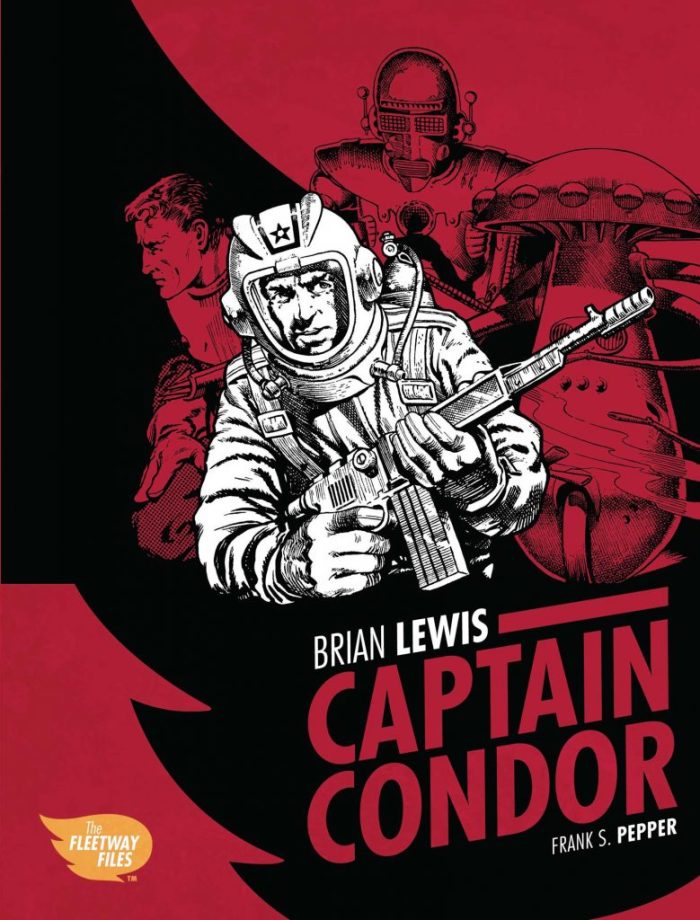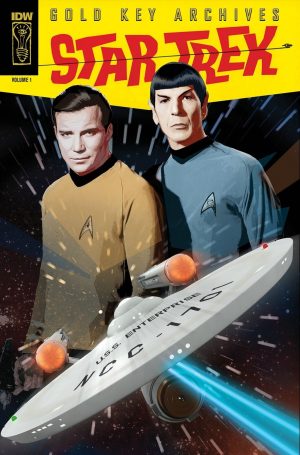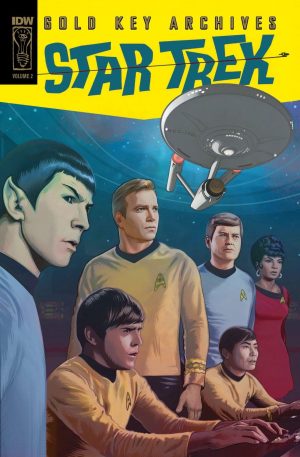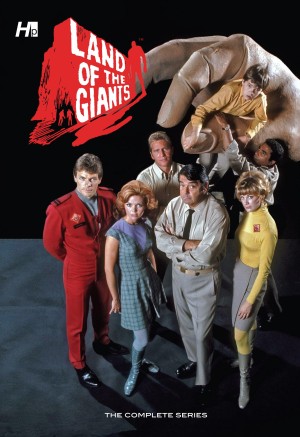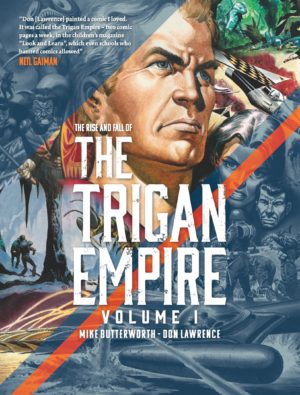Review by Frank Plowright
When launched in 1950 the quality of The Eagle shaped British comics for the decade. Its lead feature was the carefully crafted Dan Dare, wholesome space pilot of the future. When Captain Condor appeared in Lion a year later, the comparison might have eluded young boys, but was obvious to everyone else, yet Frank S. Pepper’s inventive SF writing combined with talented artists ensured a popular feature.
The purpose of this collection is to showcase the art of Brian Lewis on three stories unavailable since their original publication between December 1961 and December 1963, and Lewis is an artist whose work should be better known. Over what’s almost always sixteen packed panels over two pages accompanied by an introductory portrait, Lewis is compact, creative and polished. It’s inevitable that his early 1960s SF designs will now look old-fashioned, but they’re solid enough to have a retro charm, and the compositions are phenomenal. Because the panels are so small and cramped, there may be a tendency to under-estimate what Lewis is doing, which is a shame, although at the back of the book a page of reproduced original art with the panels enlarged reiterates the skill. A few episodes toward the end seem to be either Lewis with someone else inking his pencils and not applying as much effort, or Lewis in hurry, as the composition is more basic and the detail diminished. One can only imagine how he’d look producing the same material today where he’d be given three to four pages for the same amount of story, and be able to feature more eye-catching illustrations.
It’s only logical that a collection intended to present the work of a single artist proves they’re worthy of the accolade, but Pepper’s solid plotting is surprising. He was old enough to have lived through World War I, yet embraced the forward thinking of science fiction, and as publisher David McDonald notes in his introduction, the result is similar to the explorations of the original Star Trek TV show first screened five years later.
Three stories are presented. In ‘Push-Button Planet’ Captain Condor arrives on a planet seemingly devoid of life, yet where all functions are maintained by a host of robots and other machines. ‘The Slave-Hunters From Outer Space’ starts with Condor transporting people to begin colonising a new world, after which the title pretty much reveals the plot. ‘The Unseen Invaders’ has a different mood, perhaps more Quatermass than Star Trek, set on Earth invaded by invisible aliens. Pepper’s ideas about what invisible people can do are interesting, if somewhat random, and his solution neat.
Pepper aimed his stories at young readers, so while including themes and ideas that could be explored with greater complexity he keeps things simple. There is minimal emphasis on character, for instance, with Condor just a brave, pragmatic military type there to comment on circumstances, but the adventure, with allowances for being old-fashioned still has interesting twists. Allowances also have to be made for the language of the era, with the word “queer” meaning strange back in the day.
So, a master artist illustrating fun stories with great period charm. Captain Condor isn’t for everyone, but rewards readers buying into the premise.
Captain Condor isn’t available via online booksellers, but can be bought from the publisher at https://www.comicsy.co.uk/hibernia/
